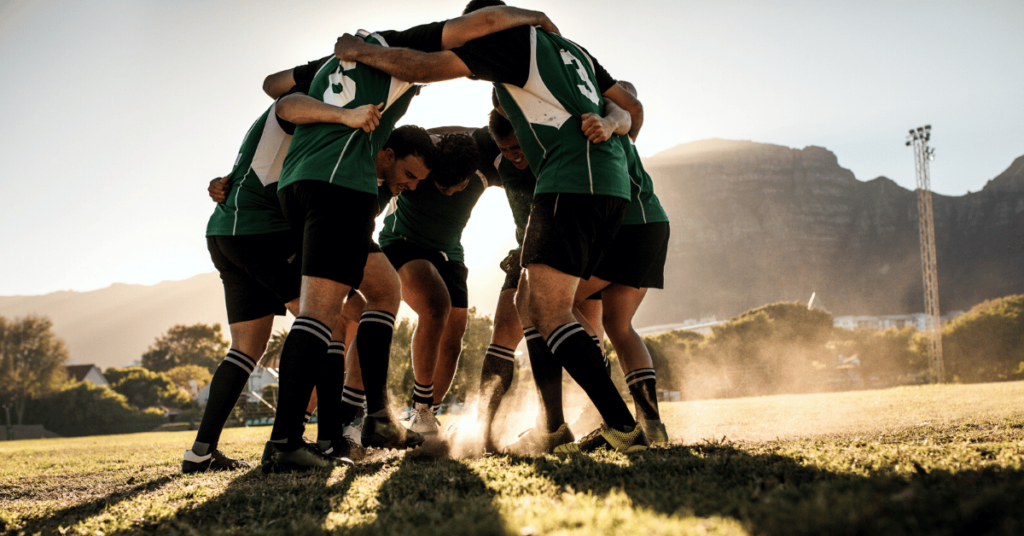Introduction
As athletes, we often focus on training hard and pushing our limits to improve performance. However, equally important to training is the concept of rest and recovery.
Adequate rest and recovery are essential for optimizing performance, preventing injuries, and promoting overall well-being. In this article, we will explore the importance of rest and recovery for athletes and discuss effective strategies to incorporate them into your training routine.
Understanding the Need for Rest and Recovery
Intense training places significant stress on the body, both physically and mentally. Without proper rest and recovery, this stress can accumulate and lead to a decline in performance, increased risk of injuries, and overall fatigue. Understanding the signs of inadequate rest and recovery is crucial for maintaining a healthy training regimen.
Types of Rest and Recovery
- Active Rest: Active rest involves engaging in low-intensity activities that promote blood flow and mobility without placing excessive strain on the body. Examples include gentle stretching, yoga, or light recreational activities.
- Passive Rest: Passive rest refers to complete physical and mental rest, allowing the body to recover without any physical exertion. This can involve taking a day off from training and engaging in activities that promote relaxation and rejuvenation.
- Sleep: Sleep is a fundamental aspect of rest and recovery. It is during sleep that the body undergoes repair and regeneration, and lack of quality sleep can negatively impact performance and recovery.
Strategies for Effective Rest and Recovery
- Scheduling Rest Days: Incorporate regular rest days into your training schedule to allow your body to recover and adapt to the demands of training. This includes complete rest from intense physical activities.
- Incorporating Active Recovery Activities: Engage in low-impact activities like swimming, cycling, or light jogging on rest days to promote blood flow, reduce muscle soreness, and aid in recovery.
- Practicing Relaxation Techniques: Incorporate relaxation techniques such as deep breathing, meditation, or gentle yoga to reduce stress levels, promote mental well-being, and aid in recovery.
- Ensuring Quality Sleep: Prioritize sleep and establish a consistent sleep routine. Aim for 7-9 hours of uninterrupted sleep each night to support optimal recovery and performance.
Nutrition and Hydration for Recovery
- Fueling the Body with Nutrient-Rich Foods: Consume a balanced diet that includes a variety of whole foods, lean proteins, complex carbohydrates, and healthy fats to provide the necessary nutrients for recovery and tissue repair.
- Hydrating Properly: Stay adequately hydrated throughout the day, both during training and rest periods, to support optimal cellular function, joint lubrication, and overall recovery.
Common FAQs about Rest and Recovery
- How many rest days should I incorporate into my training schedule?
- The number of rest days varies depending on individual needs, training intensity, and goals. Generally, 1-2 rest days per week are recommended.
- Can I engage in light activities on rest days?
- Yes, engaging in low-intensity activities on rest days can promote blood flow and aid in recovery. However, avoid activities that may cause excessive strain or fatigue.
- Should I stretch before or after a workout?
- Dynamic stretching is recommended as part of the warm-up routine before a workout, while static stretching is more beneficial during the cool-down phase or as a separate flexibility session.
- How does rest and recovery impact performance?
- Rest and recovery allow the body to repair and adapt to the training stimulus, leading to improved performance, reduced risk of injuries, and better overall well-being.
- Can I still maintain my fitness level while incorporating rest and recovery?
- Yes, rest and recovery are essential for long-term progress and performance. They allow your body to rebuild and come back stronger, helping you maintain and improve your fitness level.
Conclusion
Rest and recovery should be integral parts of every athlete’s training regimen. By understanding the need for rest, incorporating appropriate strategies for rest and recovery, and prioritizing nutrition and hydration, athletes can optimize their performance, prevent injuries, and promote overall well-being.
Remember, a well-rested and recovered body is better equipped to handle the demands of training and achieve long-term success.
Disclaimer: When it comes to injury prevention and recovery, always seek professional guidance and advice from medical professionals who will be in a position to better address specific concerns or issues related to your individual situation. In no event shall we be liable for any direct, indirect, incidental, special, or consequential damages arising out of or in connection with your use of this website or the content provided herein.







